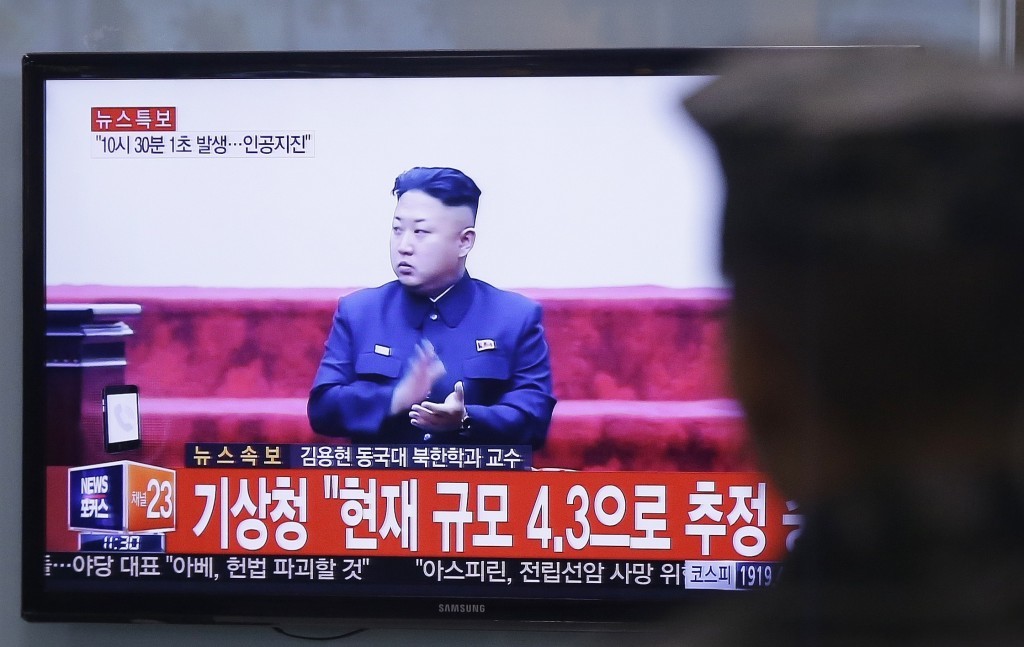
North Korea has launched an estimated one million propaganda leaflets by balloon into the South amid increased tension between the rivals following the Pyongyang’s recent nuclear test, Seoul said.
A Cold War-style stand-off flared after the North’s claim on January 6 that it had tested a hydrogen bomb.
South Korea resumed blasting anti-Pyongyang propaganda broadcasts and K-pop songs from border loudspeakers. North Korea quickly responded by restarting its own border broadcasts and floating the balloons over the border carrying anti-South leaflets, according to Seoul officials.
Seoul’s defence ministry said the North’s military had been sending the balloons on a near-daily basis and spokesman Kim Min-seok said the leaflets had reached Seoul as well as areas close to the border.
Such leafleting by the North is rare, as the two Koreas officially stopped psychological warfare as part of tension-reduction measures in 2004. South Korean activists have still occasionally sent propaganda balloons towards the North, triggering angry responses from Pyongyang.
South Korean officials believe their broadcasts will sting in the rigidly-controlled, communist country by demoralising front-line troops and residents. There are doubts in Seoul that the North Korean leaflets will have any impact on the public in the more affluent South.
Many foreign governments and analysts remain highly sceptical about the H-bomb claim, but whatever the North detonated underground is likely to push the country closer towards a fully functional nuclear arsenal, which it still is not thought to have. The North previously conducted atomic bomb tests in 2006, 2009 and 2013.
South Korea, the US and other countries are pushing hard to have North Korea punished over the bomb test. Soon after the test, diplomats at the United Nations Security Council pledged to swiftly pursue new sanctions on the North.
But it is unclear whether China, the North’s last major ally and a veto-wielding permanent member of the security council, would co-operate on any tough sanctions that could force a change in the North.
The two Koreas share the world’s most heavily-fortified border since their war in the early 1950s ended with an armistice, not a peace treaty. About 28,500 American troops are deployed in South Korea as deterrence against North Korea.